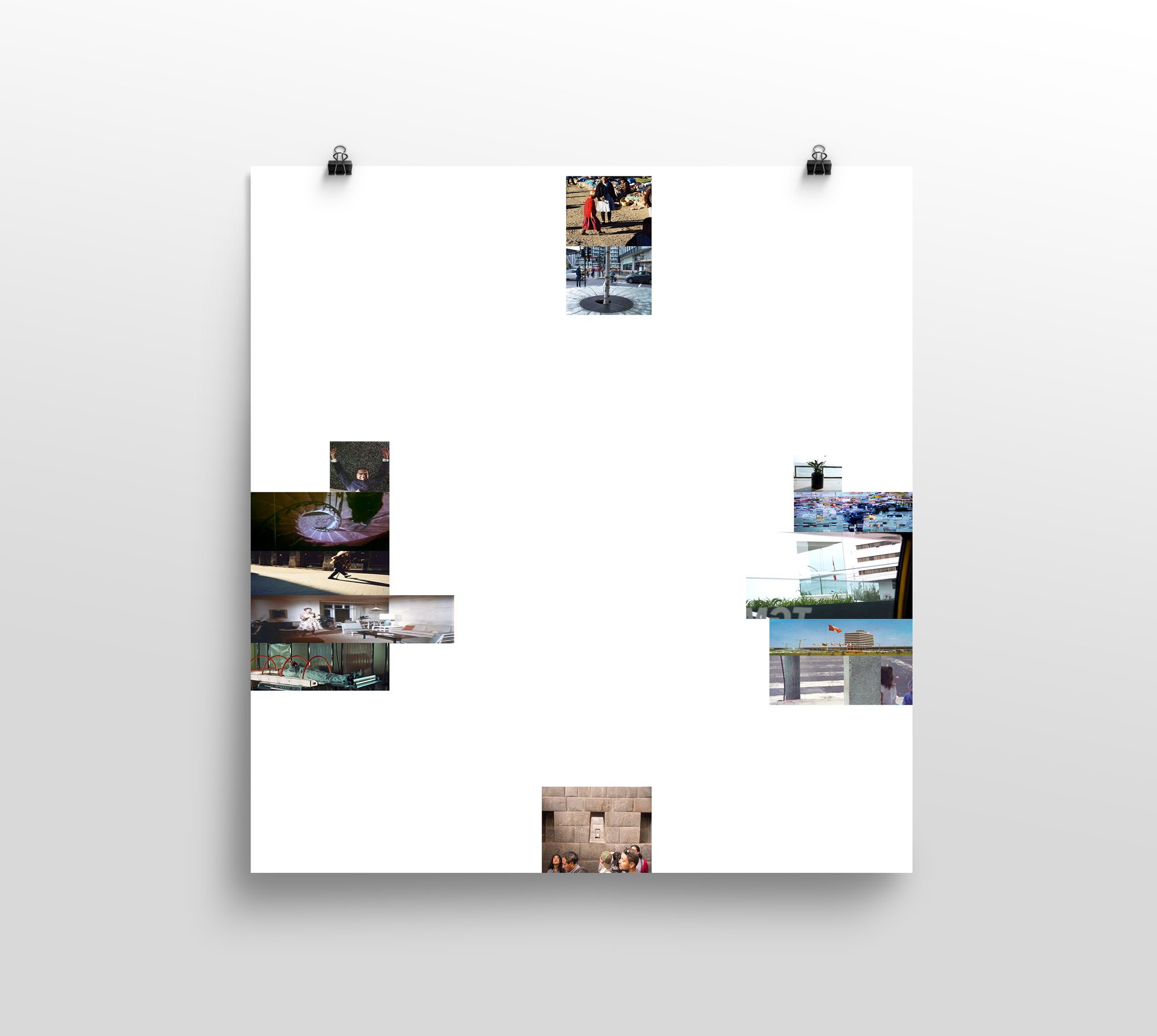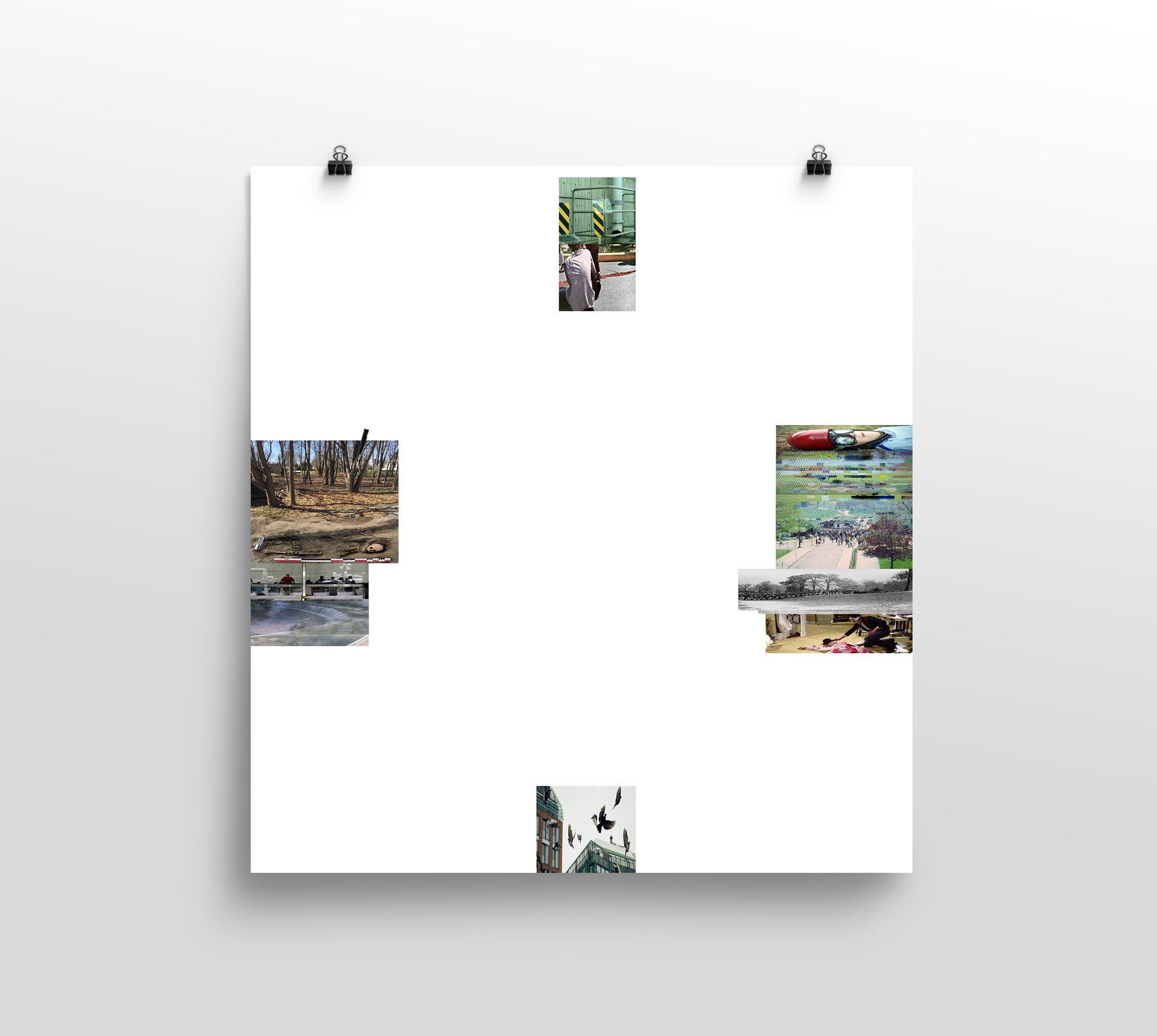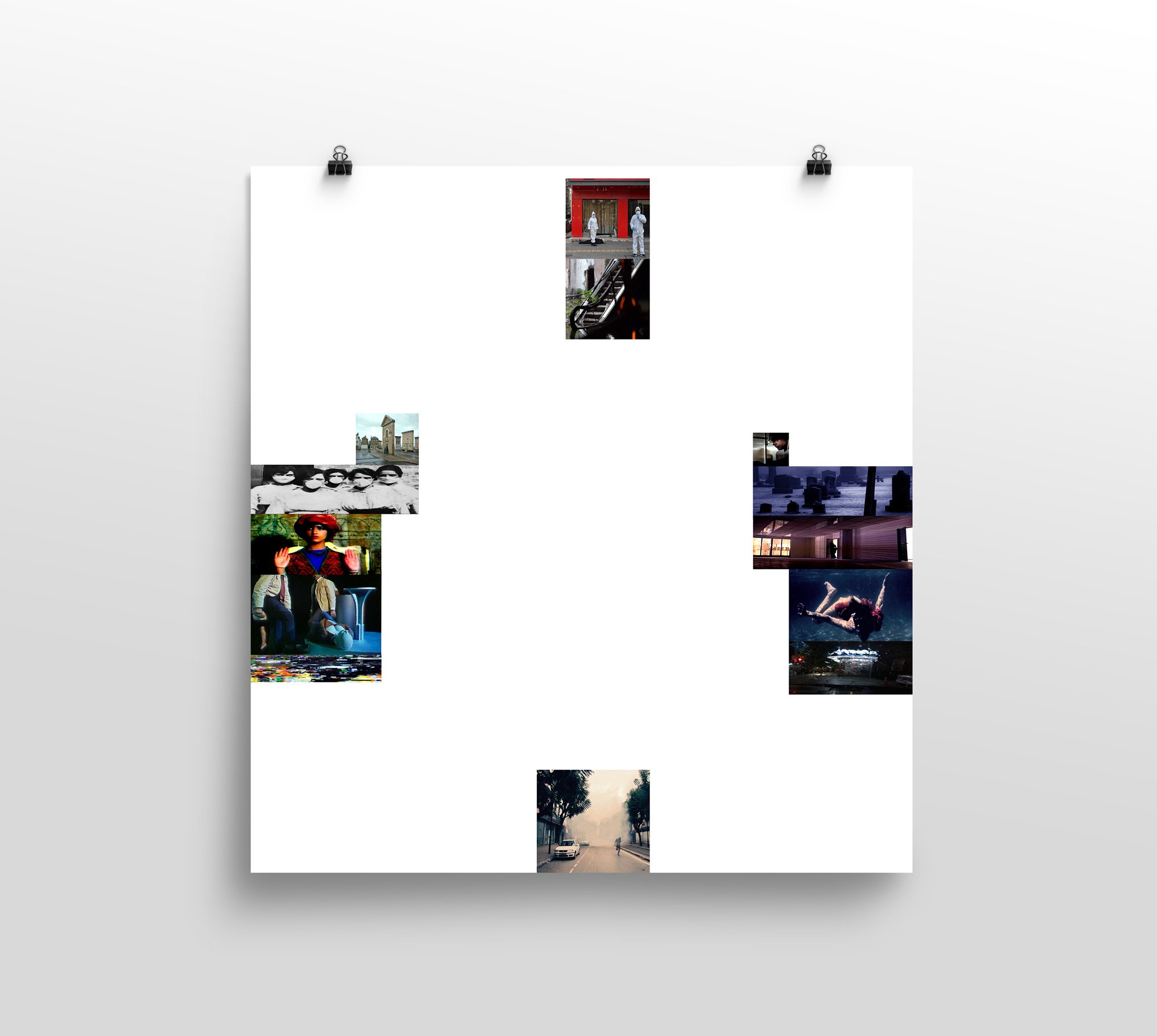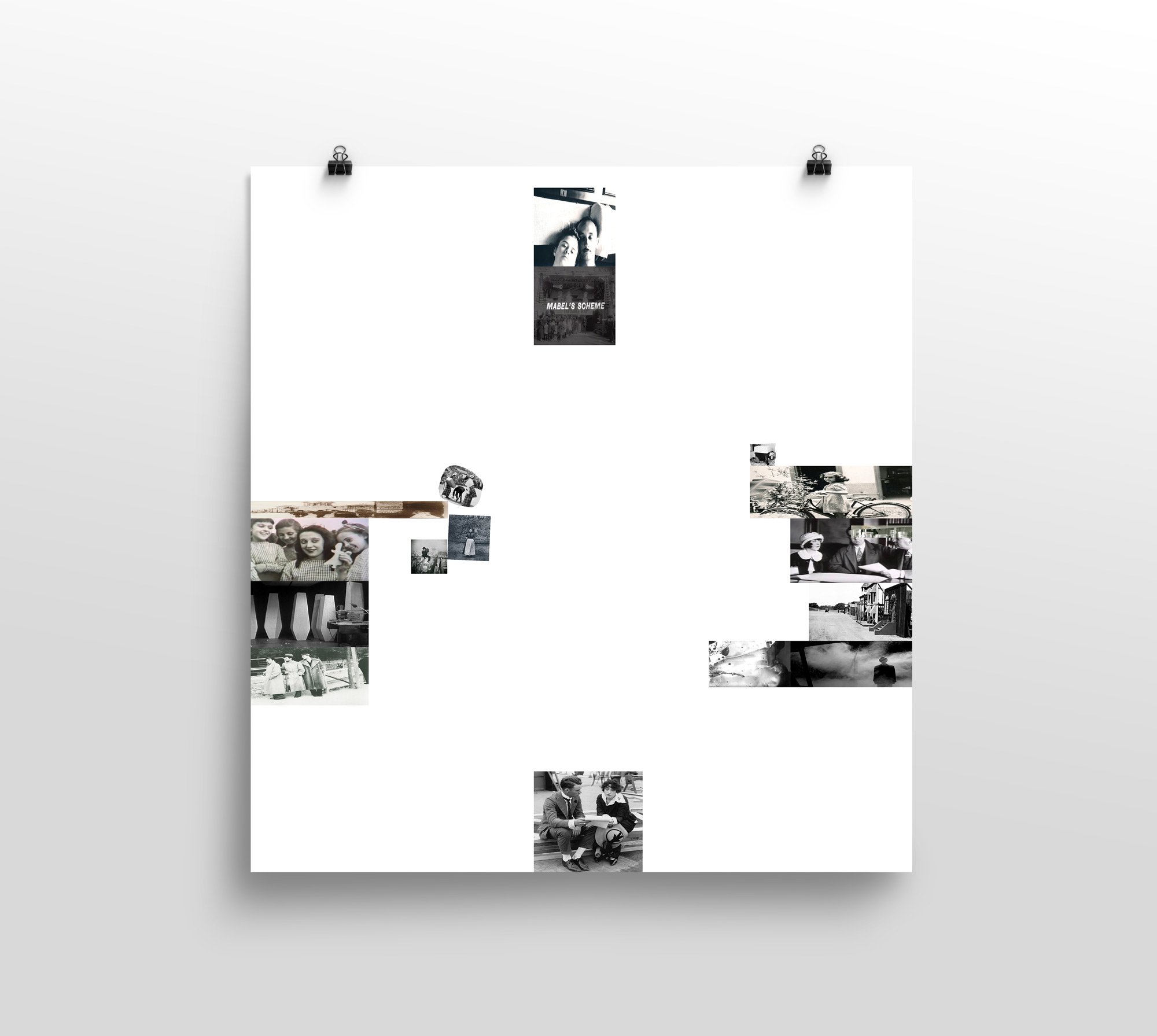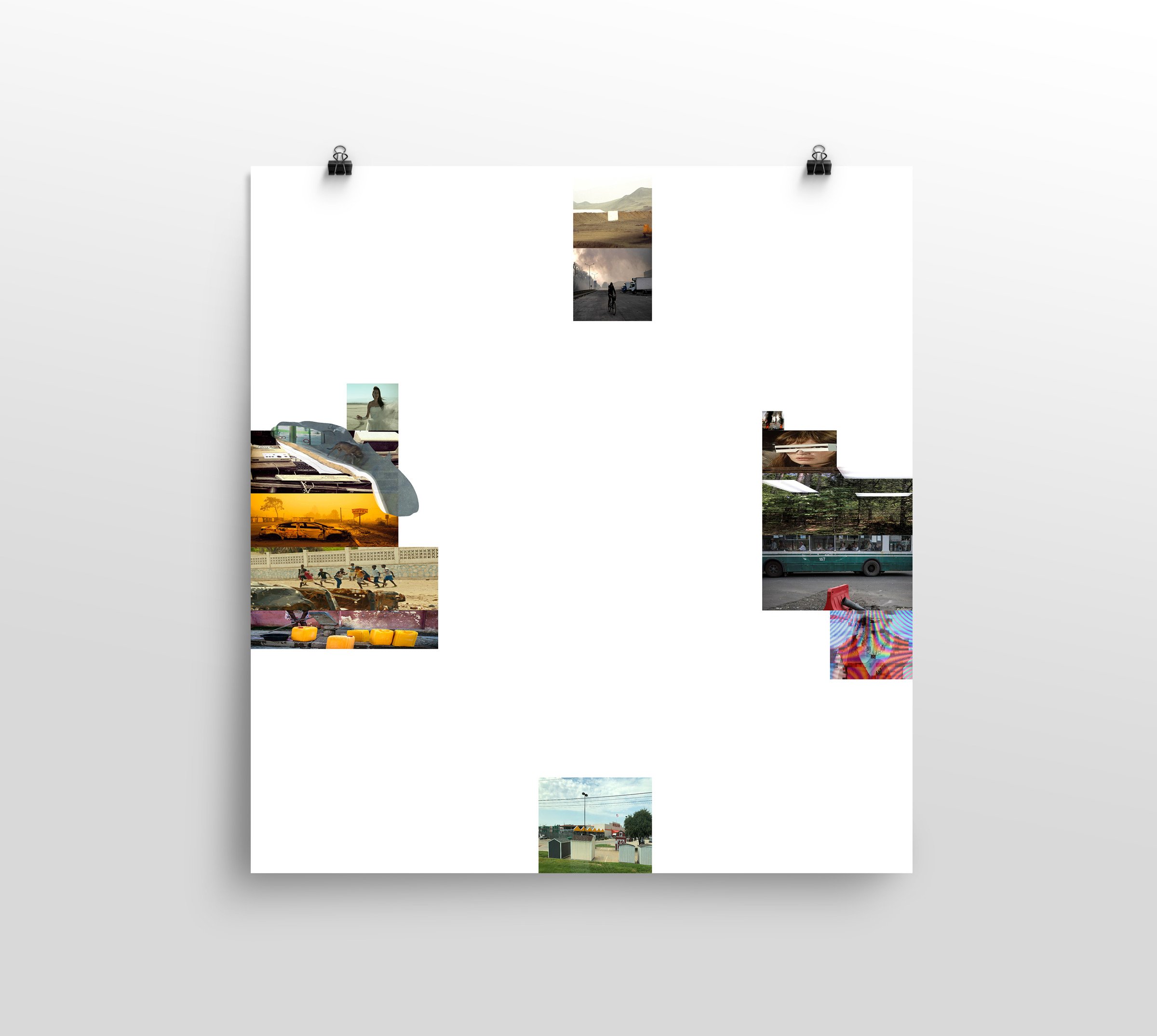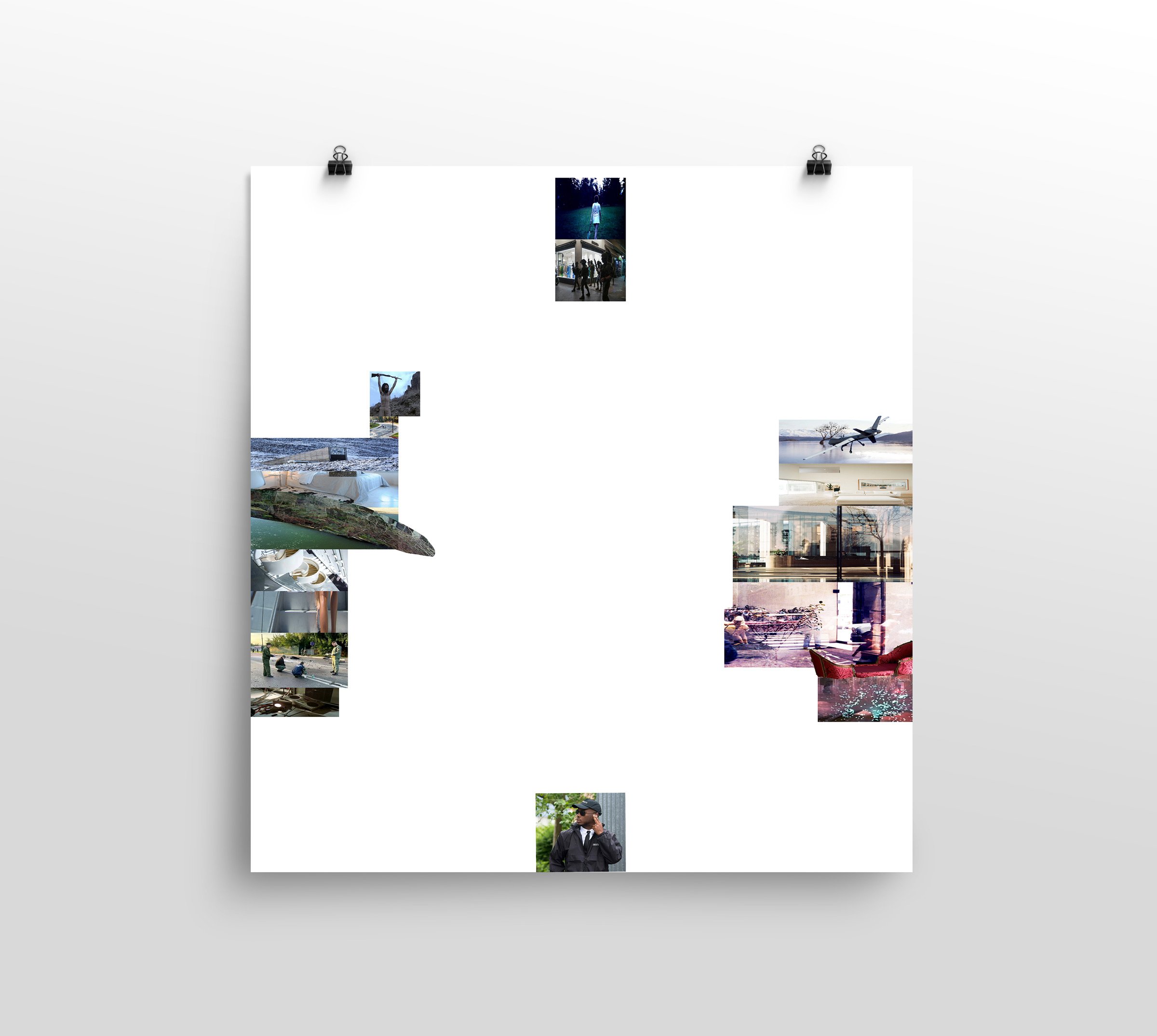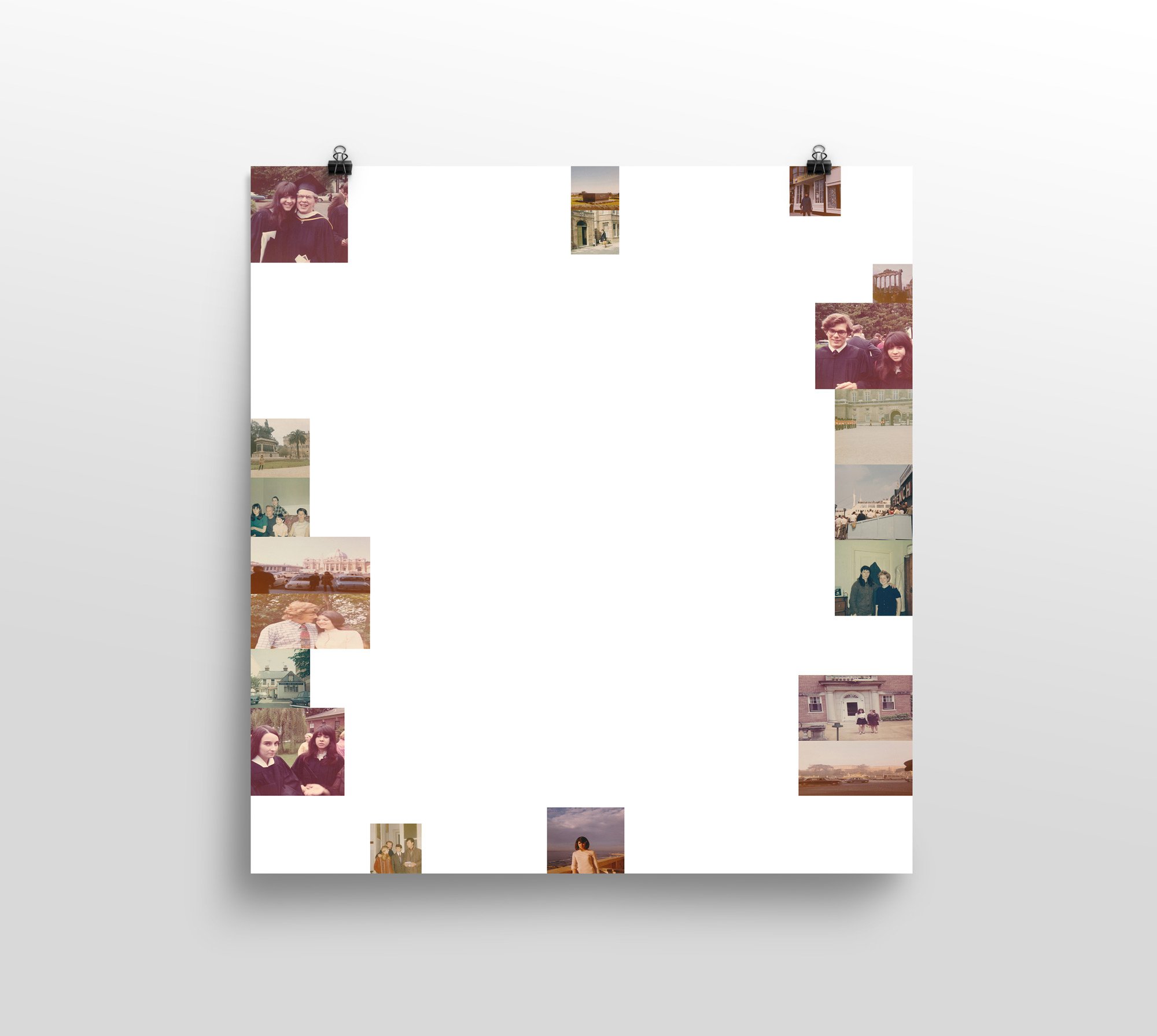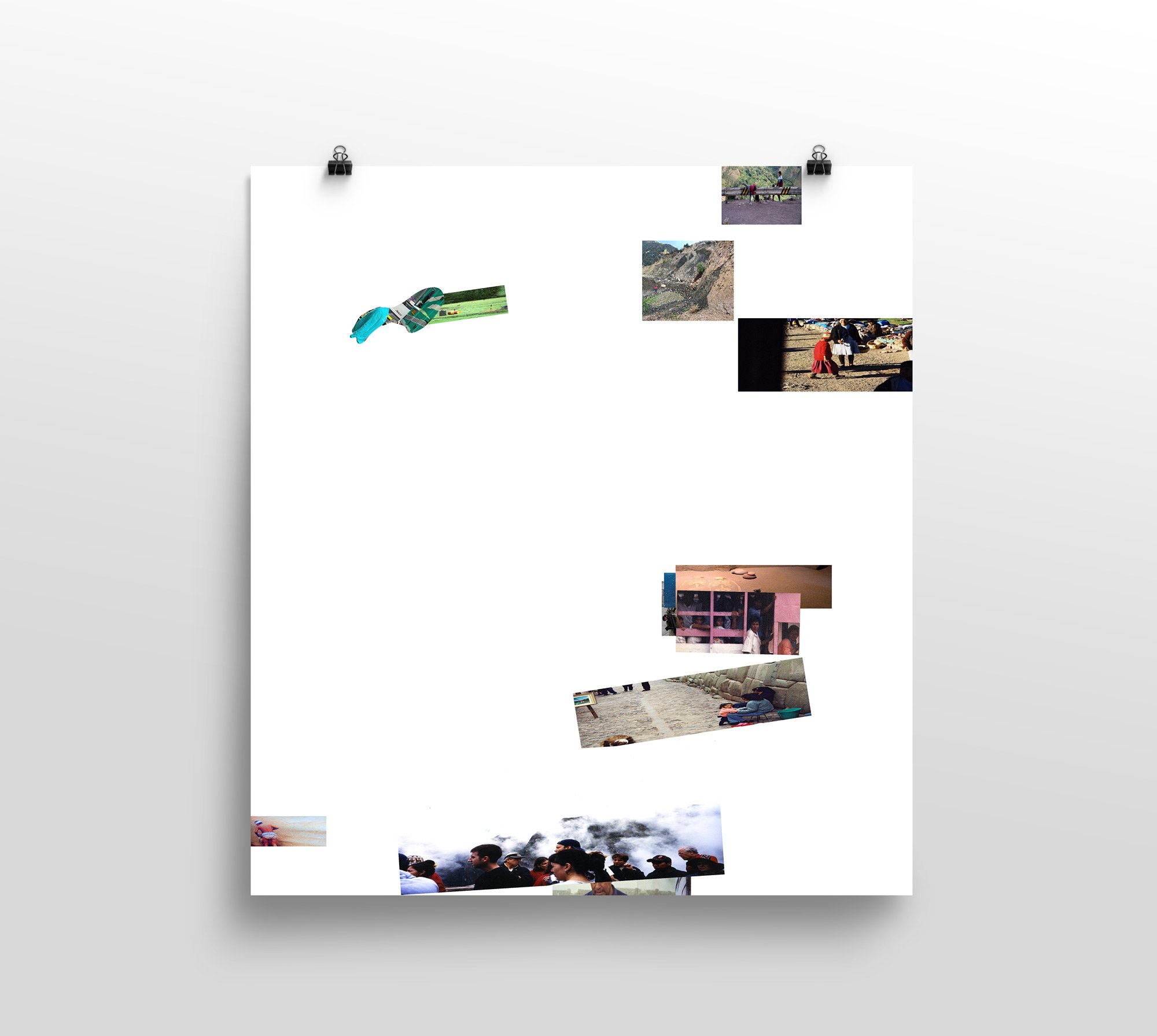Coming on to LA (in Twelve Songs)
13 1/2 minutes 2023 Digital Video - A film shot primarily at LAX and a bus ride from the airport to downtown Los Angeles. According to the French sociologist Marc Augé airports are “non-places” but there might be more here than meets the eye. With so many people in transit and so many families suffering under stress, making last minute calls, going or leaving home, there is bound to be a human element that defies any category. The soundtrack is composed of twelve songs by LA based composers/artists/musicians whose names and geographical setting within Los Angeles is listed at the end.
Playback
The Biggest Film Biographer in the World: The Films of Ken Russell
The Biggest Film Biographer in the World: The Films of Ken Russell is a study of Ken Russell's film work from his early days at the BBC in the 1960's to his later, sometimes controversial, independent work covering his whole career until Boudica Bites Back his final film from 2009. The book explores his films in depth, with close readings of early black & white works such as Pop Goes the Easel, Dante's Inferno and Elgar to later color films such as Dance of the Seven Veils: a Comic Strip in 7 Episodes on the Life of Richard Strauss, The Devils and Mahler.
The book also contains an expansive introduction that summarizes Russell's biography, explains Russell's working method, introduces the main themes of the works and lays out the various periods in his vast filmography that includes operas and music videos. The main body of the book concentrates on Russell's obsessive fascination with artists, composers, dancers and poets and how those biographies, starting in the 1960's, transformed the way we think of the biographical film.
Russell's whole body of work was informed by a second Renaissance that took place in England in the 1960's and the book explores that time/place and the context in which the films came into being.


